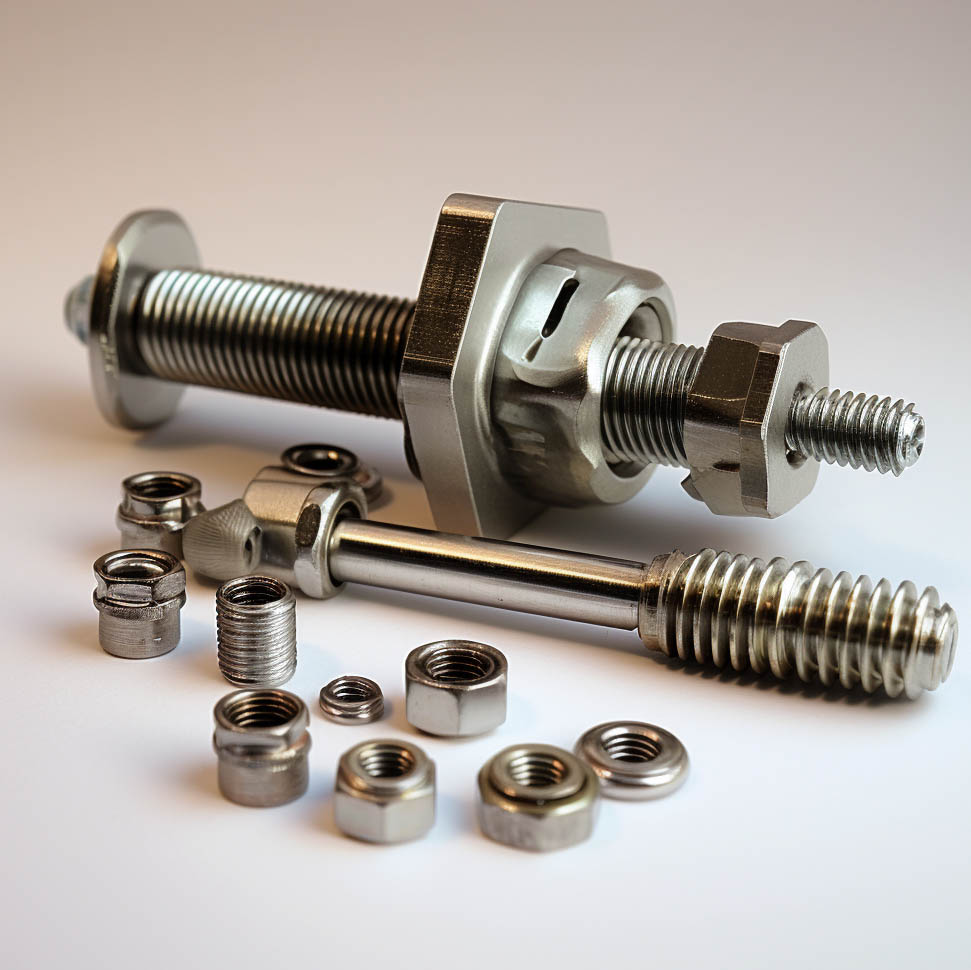Exploring Common Tightening Methods in Bolted Connection Assembly
In the world of engineering and construction, bolted connections play a crucial role in ensuring the structural integrity and stability of various components. The proper assembly and tightening of bolted connections are essential to prevent loosening, leakage, or failure. In this article, we will delve into the common tightening methods used in bolted connection assembly, providing a comprehensive understanding of their applications and benefits.


- Torque Tightening Method
The torque tightening method is one of the most widely used techniques for achieving proper bolt preload in bolted connections. It involves applying a specific amount of torque to the bolt using a torque wrench, which results in the desired tension in the bolt. This method is highly precise and allows for accurate control over the bolt preload, ensuring uniform clamping force across the joint. Additionally, torque tightening is suitable for a wide range of bolt sizes and materials, making it a versatile choice for various applications.
- Tension Control Bolting
Tension control bolting is a method that involves using specialized bolts and hydraulic tensioning equipment to achieve the desired bolt preload. This technique allows for precise control over the tension in the bolt, ensuring consistent and reliable clamping force. Tension control bolting is particularly beneficial for critical applications where accuracy and uniformity of preload are paramount, such as in the construction of bridges, pressure vessels, and pipelines. By utilizing this method, engineers can achieve optimal joint integrity and minimize the risk of bolt failure.
- Turn-of-the-Nut Method
The turn-of-the-nut method is a straightforward yet effective technique for tightening bolted connections. It involves tightening the bolt by a specified amount of rotation after the initial snug-tight condition. This method is commonly used in construction and steel fabrication, where precise torque measurements may not be feasible. While the turn-of-the-nut method may not offer the same level of precision as torque tightening or tension control bolting, it is a practical and cost-effective solution for many applications.
- Direct Tension Indicators (DTIs)
Direct Tension Indicators, or DTIs, are mechanical devices that provide a visual indication of the tension in a bolted connection. By monitoring the deformation of the DTI during tightening, engineers can ensure that the desired preload has been achieved. DTIs offer a reliable means of verifying the integrity of bolted connections, providing an added layer of quality control and assurance. This method is particularly useful in applications where real-time monitoring of bolt preload is necessary, such as in structural steel erection and heavy machinery assembly.
In conclusion, the proper tightening of bolted connections is essential for ensuring the safety and reliability of engineered structures and equipment. By understanding the various tightening methods available, engineers can select the most suitable approach for each application, taking into account factors such as accuracy, cost, and practicality. Whether it's torque tightening, tension control bolting, the turn-of-the-nut method, or the use of DTIs, each method offers unique advantages and plays a vital role in achieving optimal bolted connection assembly.
Our Website: https://www.fastoscrews.com/, feel free to contact us.










